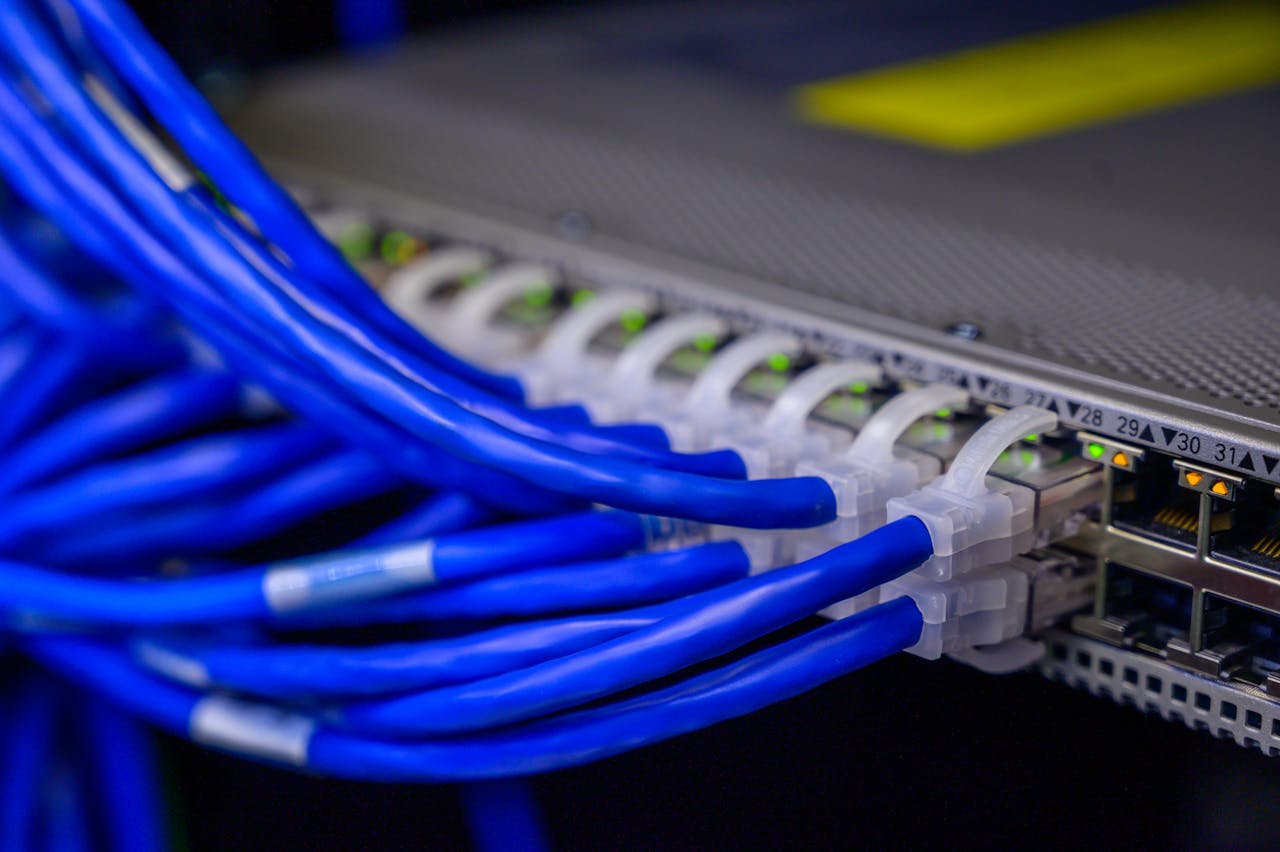Why Network consistency is so important.
Reliable Data Access: A consistent network ensures that all devices can access the same data and resources without errors or conflicts.
Predictable Behavior: Consistent network settings and configurations lead to predictable behavior, making it easier to troubleshoot and manage the network.
Smooth Operation:A consistent network minimizes disruptions and ensures that applications and services function as expected.
Simplified Management:Standardized configurations and protocols make network management easier and more efficient.
How to Achieve Consistency:
Standardize Configurations:Develop and enforce standardized network configurations for all devices, including IP addresses, DNS settings, and security policies.
Use Network Configuration Management Tools:Employ tools that allow for centralized management and automation of network configurations.
Implement Version Control:Track changes to network configurations using version control systems, enabling rollback to previous states if necessary.
Regular Audits and Compliance:Regularly audit network configurations to ensure compliance with standards and enforce best practices.
Establish Change Management Processes:Implement processes for managing changes to network configurations, ensuring that changes are made in a controlled and consistent manner.
Use Wired Connections:Wired connections (Ethernet) offer more reliable and consistent performance than wireless connections.
Monitor Network Performance:Regularly monitor network performance to identify potential issues and ensure that the network is operating as expected.
Optimize Router Settings:Optimize router settings for better performance and stability.
Check for Hardware or ISP Issues:Investigate potential hardware or ISP issues that may be affecting network performance.
Implement Network Segmentation:Segment the network into different zones to enhance security and stability.
Network Troubleshooting:When troubleshooting, use tools like speedtest to identify potential issues with your internet connection.
Contact your ISP:If you are not satisfied with your internet service, contact your ISP and report the issue.
Powerful Closures: Leaving a Lasting Impression
Concluding your blog post isn’t just about wrapping things up – it’s your final opportunity to leave a strong impact. Summarize the key takeaways from your post, reinforcing your main points. If relevant, provide actionable solutions or thought-provoking questions to keep readers thinking beyond the post. Encourage engagement by inviting comments, questions, or sharing. A well-crafted conclusion should linger in your readers’ minds, inspiring them to explore further or apply what they’ve learned.



